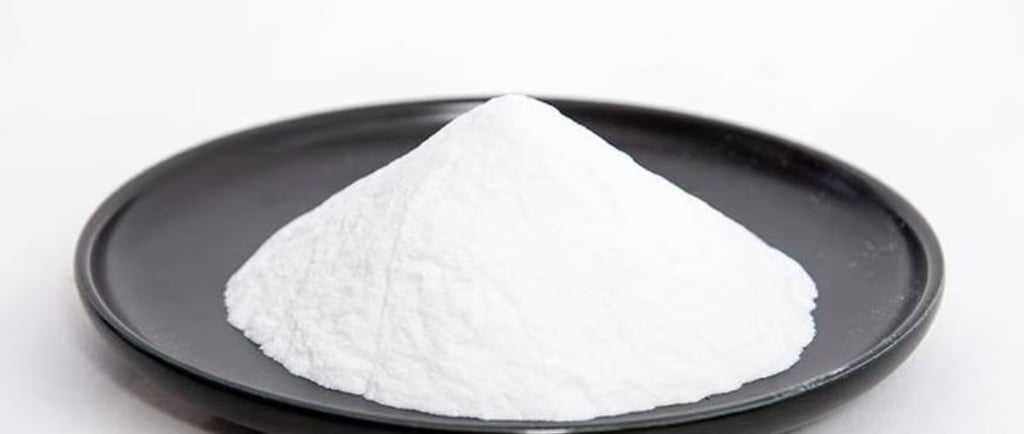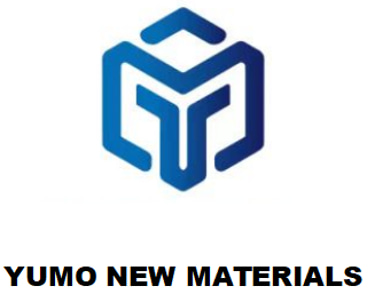HENAN YUMO: Engineered Precision, Uncompromised Performance
What Is White Fused Alumina COA?
If you're sourcing White Fused Alumina (WFA) for industrial applications, you’ve likely come across the term COA — short for Certificate of Analysis. But what exactly is a COA for white fused alumina, and why is it so important in global procurement? Let’s break it down.
8/2/20252 min read


Understanding White Fused Alumina
White Fused Alumina is a high-purity synthetic abrasive made by fusing pure calcined alumina in an electric arc furnace at temperatures over 2000°C. With a typical Al₂O₃ content of ≥ 99.5%, WFA is widely used in:
Precision grinding
Polishing
Engineering ceramics
High-grade refractories
Electronics
Its strength, hardness, and chemical stability make it a preferred material in industries that demand clean, consistent, and contamination-free performance.
What Is a COA (Certificate of Analysis)?
A Certificate of Analysis (COA) is an official document provided by the manufacturer or supplier that verifies the technical and chemical properties of a specific product batch.
For White Fused Alumina, a COA typically includes information such as:
Chemical composition (Al₂O₃, SiO₂, Fe₂O₃, Na₂O, etc.)
Physical properties (bulk density, particle size distribution, whiteness)
Grit size (e.g. F12–F2000, FEPA standard)
Magnetic content (very important in electronics and polishing industries)
Moisture level
Appearance and color
The COA is issued per batch or lot, and it ensures that the delivered material meets the specifications promised to the buyer. In many industries, a shipment cannot be accepted without a proper COA.
Why Is the COA Important?
For high-tech industries like ceramics, electronics, semiconductors, and aerospace, consistency in raw materials is critical. Even a slight deviation in impurity level, magnetic content, or particle size can affect product quality or process stability.
The COA provides:
Trust and transparency between supplier and customer
Proof of quality and compliance
Basis for batch traceability and future audits
At Henan Yumo New Materials, we provide a full COA with every shipment of White Fused Alumina — backed by in-house lab testing and third-party certifications when required.
How to Request or Read a COA?
If you are a new customer, always ask your supplier to provide a sample COA before ordering in bulk. When you receive the COA, compare its data with your required specifications:
Does the Al₂O₃ purity match your needs?
Is the iron (Fe₂O₃) content low enough for your application?
Are the grit size and particle distribution within your tolerance range?
A reputable manufacturer should be able to explain every parameter listed and show consistency across different batches.
COA vs. MSDS – Are They the Same?
No. A COA describes the product’s analytical performance, while an MSDS (Material Safety Data Sheet) outlines safety, storage, handling, and hazard information. Both are important, but they serve different purposes.
In most international trade scenarios, both COA and MSDS are required — especially when shipping across borders or supplying to regulated industries.
Final Thoughts
A COA for White Fused Alumina is more than a piece of paper — it’s a technical passport that travels with the product, providing buyers with assurance of quality and consistency. Whether you're sourcing WFA for abrasives, polishing, ceramics, or electronics, never accept a shipment without a clear and complete Certificate of Analysis.
At Henan Yumo New Materials, we are committed to providing not only high-purity WFA (Al₂O₃ ≥ 99.5%) from F12 to F2000, but also the documentation and quality control you can trust.
📩 Contact us today to request a sample COA or product data sheet.
📧 Email: sales1@yumoabrasive.com
🌐 Website: www.yumoabrasive.com
